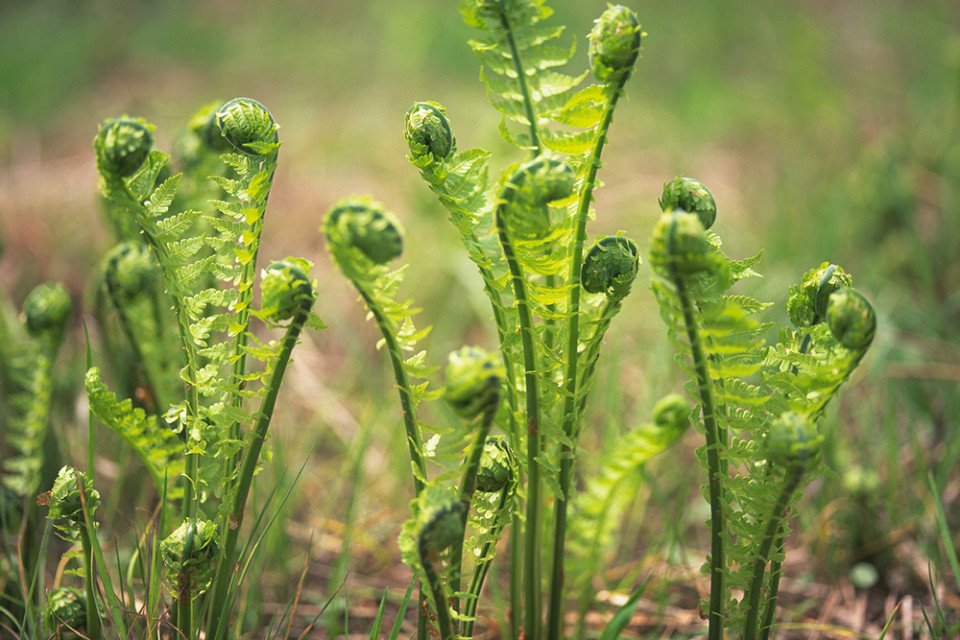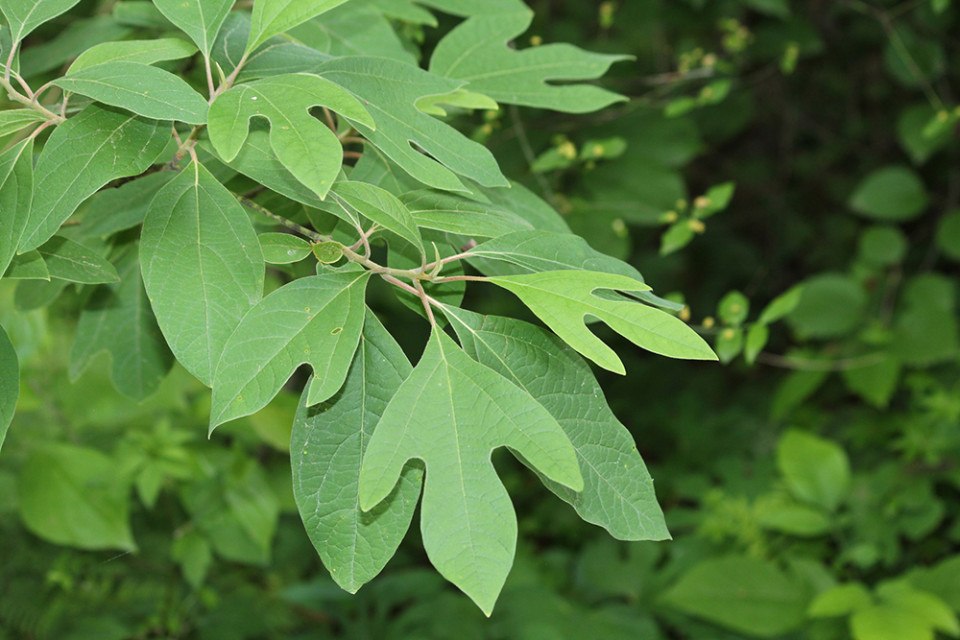Turn Your Afternoon Walk Into a Spring Scavenger Hunt With This Kid-Friendly Checklist

After long days inside, spending time outdoors feels more special than ever — and city residents need not look any further than their own neighborhoods and parks for opportunities to connect with nature. “As humans, we have an innate instinct to interact with the natural world,” says Jennifer Walker, head gardener at The Barnes Arboretum at Saint Joseph’s University. “Even in the busiest parts of the city, looking at the details of flowers and trees and closing our eyes for a moment to really hear the birdsong, wind and insects can open our eyes to the amazing diversity of flora and fauna in this region.”
To slow down and really appreciate the species just beyond the front door, try following this spring scavenger hunt assembled by Walker. It’s a great way to spend an hour or two with kids or make your regular afternoon walks a little more meditative. You’ll be surprised how much more you’ll notice about the amazing natural world all around us.
Can you find …
- Trees with smooth bark, rough bark and peeling bark?
- A tree with more than one trunk? This is also called a “multi-trunked” tree, or a tree with a “double leader.”
- A tree or shrub whose flowers are half-hidden by leaves?
- A fern and a fern “fiddlehead”?

Fiddleheads are the furled fronds of young ferns. / Getty Images
- A shrub that still has berries from the winter?
- Leaves with different shapes: rounded, heart-shaped, saw-toothed edged, needled, lobed, compound (multiple leaves originating from the same stem)? What other leaf shapes can you find?
- A leaf that is shaped like a mitten, such as sassafras or a young mulberry?

Sassafras trees can produce oval, mitten-shaped and trilobed (three-pronged) leaves. / Getty Images
- Flowers of different shapes (bells, stars, trumpets, pincushions…)?
- Flowers that hang in bunches from a tree, shrub or vine?
- Seed pods on the ground that are prickly, like from the sweet gum tree? Or smooth, like acorns from oak trees? Or long, as from honey locust trees?

Squirrels and birds will snack on the seeds inside spiky sweet gum pods. / Getty Images
- Remnants of the fall (seed pods, husks, acorns, last year’s leaves…)?
- Different colors on plants? How many? Look closely at the color of bark, twigs, stems, leaves, berries, fruit and all flower parts!
Can you smell …
- Flowers in bloom that are sweet?
- Flowers that smell spicy?
- Flowers that don’t smell good to you? Some flowers are pollinated by flies, and don’t smell good to many people!
- The fragrant leaves of mint, rosemary or lavender?
Can you hear …
- The sound of leaves and branches in the wind?
- Branches knocking against one another?
- Bird songs? How many? If you listen early in the morning, do you hear more bird songs than you do in the middle of the day? Are they different songs?
Can you touch …

Lamb’s ear leaves are covered with a soft, silvery-gray fuzz. / Getty Images
- Plants that are soft, such as ferns, lamb’s ears or fennel?
- Plants that are prickly, such as some evergreen trees and shrubs?
- Plants with thorns (be careful!) like roses and barberries?
Learn more about The Barnes Arboretum at Saint Joseph’s University, an educational partnership with the Barnes Foundation expanding horticulture and fine arts opportunities for students and the local community.
This is a paid partnership between Saint Joseph's University and Philadelphia Magazine


